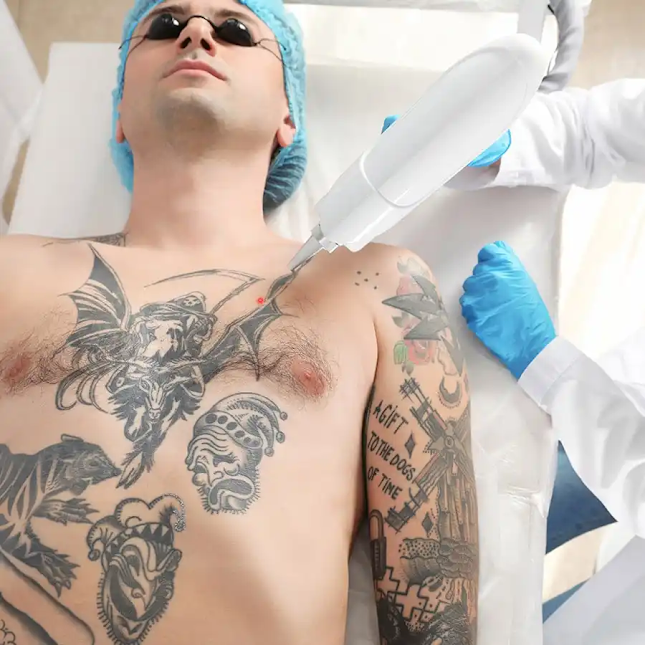How effective is tattoo removal on the chest?
Tattoos are a popular form of self-expression, but as preferences change, many people consider removing them. Chest tattoos, in particular, can be challenging to eliminate due to the area's skin thickness, proximity to bone, and vascularity. If you're exploring options for Tattoo Removal Dubai, understanding the effectiveness of the process is essential. This blog examines the factors influencing chest tattoo removal, the latest technologies, and what you can realistically expect from the procedure.
Understanding Tattoo Removal on the Chest
The chest is a common location for tattoos, but its unique anatomical features make removal more complex than other body parts. The skin on the chest is thicker, and the area has a rich blood supply, which can affect how ink particles break down and disperse. Additionally, tattoos closer to the sternum or ribs may be more painful to remove due to the lack of fatty tissue cushioning the bone.
Factors Influencing Removal Effectiveness
Several factors determine how successful tattoo removal will be on the chest:
Ink Color and Depth
Darker inks (black, dark blue) respond best to laser treatment because they absorb more light energy.Lighter colors (green, yellow, pastels) are harder to remove and may require specialized lasers.Professional tattoos penetrate deeper into the skin, making them more stubborn than amateur ones.
Skin Type and Tone
Lighter skin with higher contrast against the ink typically sees better results.Darker skin requires careful laser settings to avoid pigmentation changes.
Tattoo Age and Density
Older tattoos fade naturally over time, making them slightly easier to remove.Bold, densely packed ink takes more sessions to break down.
Laser Technology Used
Q-switched lasers (Nd:YAG, Alexandrite, Ruby) are the gold standard for tattoo removal.Picosecond lasers offer faster results by shattering ink into smaller particles.
The Science Behind Tattoo Removal
Tattoo removal works by targeting ink pigments with high-intensity laser beams. The laser energy breaks down ink particles into tiny fragments, which the body’s immune system then flushes out naturally. Research published in the Journal of Clinical and Aesthetic Dermatology confirms that Q-switched lasers are highly effective, with an average clearance rate of 70-95% after multiple sessions.
Conclusion
Tattoo removal on the chest is highly effective but requires multiple sessions and proper aftercare. Advances in laser technology, particularly picosecond and Q-switched systems, have significantly improved success rates. While complete removal is achievable, factors like ink color, skin type, and tattoo age play crucial roles. If you're committed to the process, consulting a qualified specialist ensures the best possible outcome.




Comments
Post a Comment